Before you start decking your halls, it’s best to prepare your home in the most essential way: doing repairs that will protect you from damage the frigid season may bring. From weatherproofing to insulation, put these 8 essential home renovations on your holiday checklist to enjoy the winter wonderland worry free.
Have A Strong Smoke Detector System
House fires are most commonly caused by ordinary, everyday items becoming fire hazards. During the season of fireplaces and electric heaters, having a strong smoke detector system is a safety measure you cannot ignore.
Make sure each room and hallway has at least one detector installed. For maximum protection, use a combination of photoelectric and ionized smoke alarms. Ionized smoke alarms are more responsive to the smoke from open flames, while photoelectric smoke alarms are better at detecting smoke from slow burning, smoldering fires. Using both kinds gives you the security that all kinds of fire will be caught before catastrophe.
Fire prevention experts also recommend connecting all your smoke detectors to one centralized system. That way, when one alarm sounds, all your detectors will ring, alerting the whole house to a potential fire. Once you have installed your detectors, test and replace your batteries on a regular basis, so you know they’ll function properly when it matters most.
Prepare for Winter Storms

As the winter sets in making heavy snowstorms a normal occurrence, staying safe and warm becomes a challenge. Ahead of storms, make sure you stock up your winter survival kit, keeping you ahead of any emergencies.
Winter conditions may cause your water pipes to freeze, so include a supply of water bottles. In case the snow leaves you unable to leave home, stock up on calorie-dense, non-perishable foods such as energy bars and nuts. These will give you the most nutrition in a compact, easy to store package.
As snow piles up on your electrical wires outside, be prepared for power outages. Gather the items you need to navigate a night sans power, such as flashlights and lanterns. Keep these within easy reach, so you can grab them in the dark. For warmth, include lightweight and easy-to-pack blankets. Finally, include a backup power generator. Make sure it’s powerful enough to keep your appliances running through any storm the season throws at you.
Reverse Ceiling Fans
To keep your house comfy and cozy, try running your ceiling fans in reverse. When your ceiling fan is put into reverse, warm air is drawn up towards the ceiling. There, it spreads out towards the walls, before traveling back down, keeping your room warm while saving on energy costs.
To change the direction of the blades, simply turn the fan off and flip the directional switch on your ceiling fan’s motor. After changing the rotation, test your fan to ensure the blades are moving in the proper direction. To safely reach the motor, always use a ladder or chair. And to keep your chair safe from your shoes, don’t forget to cover your chair with a high-tensile chair cover.
Install Storm Windows and Doors

Air leaks force your heating system to work harder to keep up. This will inevitably wear the heater down, running up your bills along the way. The most common cause of air leaks is gaps in windows or doors. With a few simple installs, you can prevent them from putting a freeze on your heating system.
Doors featuring double or triple pane glass offer an added layer of insulation, as heat must travel through each plane of glass. Likewise, installing storm windows acts as a failsafe for a failing window frame. For extra protection in extreme cold, try argon gas windows and doors. These marvels of insulation tech inject inert argon gas between a double pane of glass. Since argon gas is heavier than air, less heat will travel through the glass itself, sealing the cozy warmth snug inside your home.
Protect Your Patio With Covers and Tarps
To prevent damage from snow and ice, protect your patio furniture with a set of custom furniture covers. From chairs to sofas to TVs, there is a custom cover for outdoor furniture of all kinds. Tarping your entire patio offers another layer of protection from the elements. Using a custom tarp allows you to fit your cover to all of your patio’s weather protection needs.
Drain Sediment From Your Water Heater
Regular maintenance of electrical appliances is a must if you want to seamlessly enjoy their benefits. However, certain appliances require constant care, especially when they are in close contact with hard water. Water heaters can easily get damaged by sediment buildup at the bottom of the tank. In order to extend its life and save on energy, take the time to drain your water heaters before it becomes essential.
First, shut off your water heater and the circuit the heater runs from. Then, connect a hose to your heater’s drainage valve. Run the hose outside to a safe drainage spot, away from pathways and electrical appliances. Once you’ve finished draining, flush the heater via the cold water valve. Let it run until the water’s crystal clear, free of any sediment or sludge.
Cover the Air Conditioner
Just because your AC unit is built for outdoor use doesn’t mean it’s ready to face the cold. Outdoor AC units are still vulnerable to damage from blizzards, falling icicles and other debris. Investing in a robust, weatherproof custom covers will protect your conditioner so it stays ready for the summer fun.
Repair Steps, Check Handrail

Icy sidewalks and stairways can cause serious injury from falls and slips. To prevent ice buildup, always clear off snow from the staircase shortly after it falls. Use salt, ice melts or sand before the first snowfall to get extra traction on the sidewalks or driveways after the storm.
Moisture and salt accelerates corrosion and rust, so your snowy slush can threaten the integrity of your handrail. If you see yours rusting away, try installing a high-quality durable aluminum handrail. These weather-resistant rails will help prevent tripping and remain functional for many winters to come.


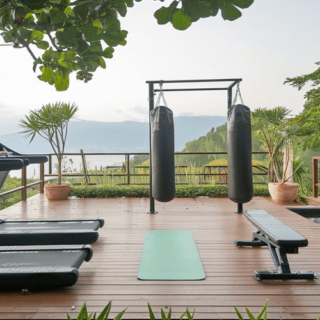




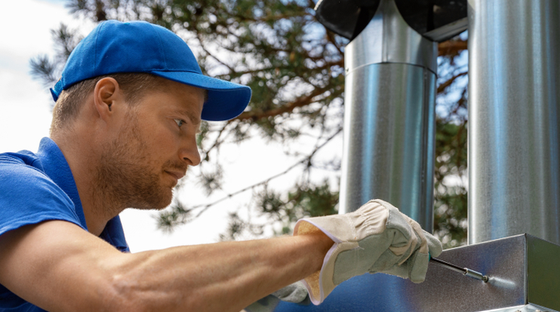


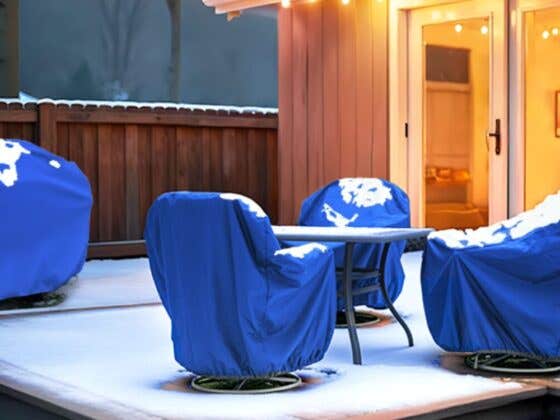
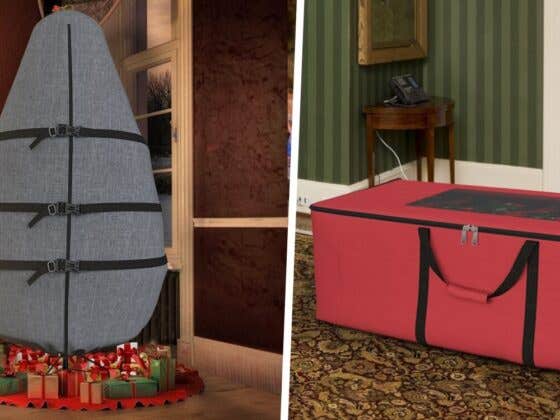

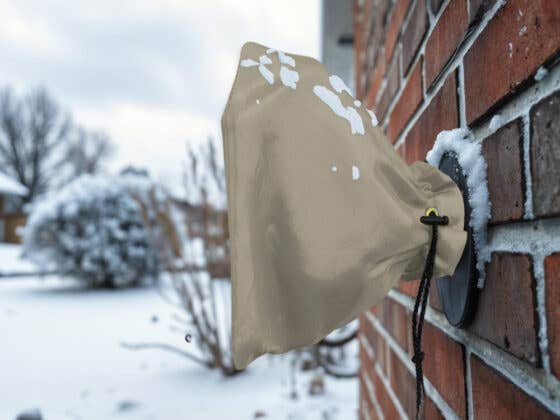
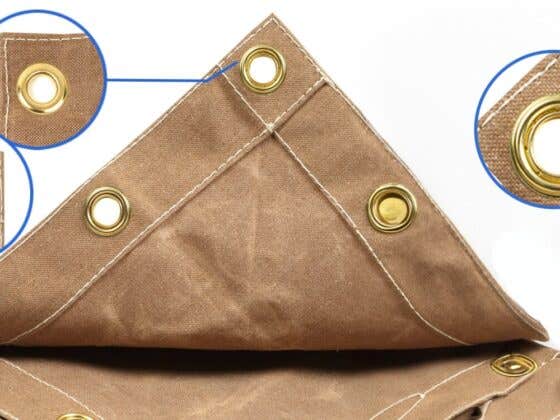


Recent Comments